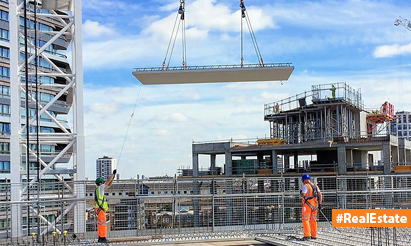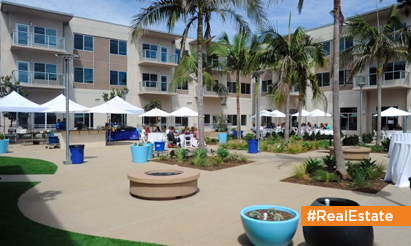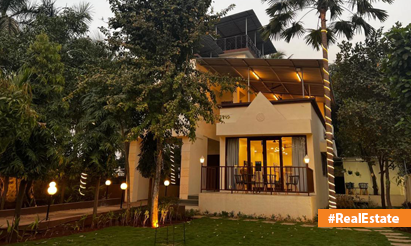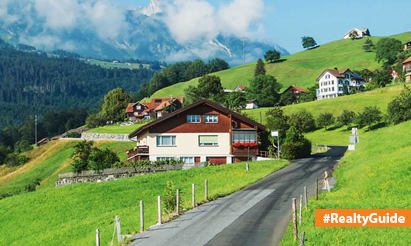What exactly is a Row House?
A row home is a hybrid of an apartment and a bungalow, providing you with both freedom and the benefits of communal life. Row homes are so named because they are properly lined up in a row. Even though they do not share the same stairwell or entrances, they do share a shared wall. These houses are often larger than apartments but smaller than bungalows or villas.
Today, a row home has emerged as the ‘new luxury’ investment choice in India that delivers the most value for money, offering a combination of affordability and seclusion, as well as the possibility to enjoy a private garden while living in a community.
A row house is a single-family dwelling unit arranged in a row with at least three dwelling units connected by a shared wall and having only front, back, and interior open areas. The first and last of these residences are often larger than the middle ones.
Row houses were also known as townhouses or city dwellings of nobility or affluent families in Europe and North America during the pre-industrial period. This idea stems back to the pre-automobile era (16th century), when landlords and their support workers who resided in big country estates for the majority of the year relocated to townhouses during the social season. These residences were discovered within the city borders. Townhouses had limited footprints but were distributed across numerous levels and hence large, frequently included servant quarters.
In India, Le Corbusier included row homes among the industrial housing in the planned city of Chandigarh. High-density apartment projects, however, have become the standard in most Indian metros due to rising population and land values. Row homes are already finding their way into the residential scene as a ‘new luxury’ product that is financially accessible to a far broader customer segment than only Ultra High Net Worth Individuals (UHNWI).
Characteristics in common
- There are no two-row residences that share the same stairwell.
- A row home development consists of at least three dwellings in a row.
- They feature a consistent layout, fenestration, and architectural treatment.
- Rainwater collection
- Solar energy for house lighting
The Advantages of Staying in a Row House
Row homes provide the illusion of a private and secure residence while still providing the benefits of communal living. You are not required to share any of your amenities, including water, power, parking, and gardens. Row-houses are built in a group plan and hence feature communal parks, playgrounds, clubhouses, and so on.
How do you calculate the UDS of a row house?
Unlike flats, row homes provide property owners a larger portion of the Undivided Share of Land (UDS). Buyers today are more knowledgeable, and they do not invest blindly in a project. Higher UDS indicates higher possibilities and rewards. Row dwellings are built on a single property. As a result, the buyer owns more land than he would in an apartment of the same size.
Disclaimer: The views expressed above are for informational purposes only based on industry reports and related news stories. PropertyPistol does not guarantee the accuracy, completeness, or reliability of the information and shall not be held responsible for any action taken based on the published information.




